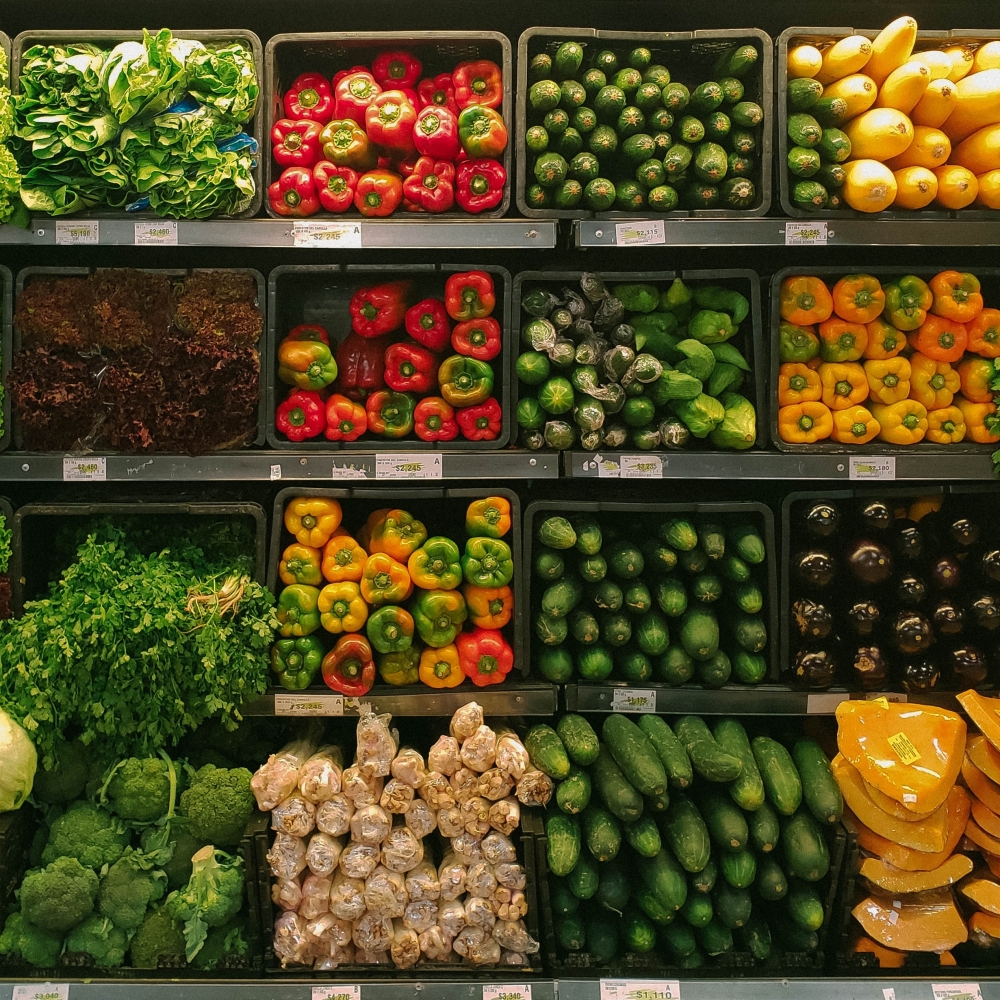06.06.2023
Is part of the answer to climate change to be found in the sea? Researchers are increasingly looking into applications of kelp and other forms of seaweed, as well as how to preserve and cultivate underwater forests.
Thank you
A number of recent initiatives have highlighted the potential of kelp and other types of seaweed as alternative materials for building, packaging and clothes, potentially replacing materials such as plastic and concrete.
London based start-up Notpla uses seaweed and plants to make packaging products such as the Ooho, which has been used at the London Marathon, and takeaway food boxes used by Just Eat Takeaway.com. The environmental benefits of the company’s seaweed farms include natural carbon capture, new opportunities for fishing communities and reduction of plastic waste.
Notpla was one of the winners of the 2022 Earthshot Prize, in the “Build A Waste-Free World” category, having been nominated by the Chartered Institute of Patent Attorneys (CIPA).
Its developers claim it can be an alternative to plastic. They point out that there are currently 6.3 billion tonnes of untreated plastic waste and that just 9% of all the plastic ever produced has been recycled. By contrast, Notpla is entirely biodegradable and can be used to create a range of packaging products for liquids, foods, and other products.
Another seaweed-based technology, Sway, was the first-place winner of the $1.2 million Tom Ford Plastic Innovation Prize, which was announced in March this year. The American company offers home-compostable replacements for thin-film plastic packaging. Sway was one of eight finalists for the prize – and five of them used algae in some way (including Notpla and Kelpi from the UK, Zerocircle from India, and Marea in Iceland).
Meanwhile, a Canadian company called Seabrick is using kelp biomass to create an interlocking, buoyant, brick system that will be an alternative to hollow metal or concrete for large vessels, marine infrastructure, and platforms.
Making seaweed sustainable
The development of seaweed to create packaging and building materials poses numerous challenges. As Dune Ives, executive director of Lonely Whale, told the Popular Science website: “Seaweed and kelp are called the lungs of the ocean. Over the last several years we have seen more farming to help to solve nearshore coastal ecosystem issues, like warming, acidification, and deoxygenation.”
According to a recent report published by the UN environment programme (Into The Blue: Securing a Sustainable Future for Kelp Forests), kelp is the most extensive marine vegetated ecosystem in the world, covering 1.5 to 2 million km2. But the report found that 40% to 60% of kelp forests have been degraded over the past 50 years, and demand for human consumption and industry is growing. “Kelp and seaweed farming has become the fastest-growing aquaculture industry globally, with an increase of 6.2 per cent per year over the last two decades,” it stated.
The threat to underwater forests has prompted rewilding efforts, such as the Sussex Kelp Recovery Project launched in 2021. This initiative seeks to promote the natural restoration of kelp and has been helped by a byelaw prohibiting trawling of over 300 km2 of seabed.
Patenting opportunities
Initiatives such as the Earthshot Prize and the Plastic Innovation Prize are a great way to incentivise innovation, offering cash or other rewards as well as recognition and publicity. In addition to those mentioned above, the European Inventor Awards (being held in Valencia next month) notably include a Young Inventors Category for sustainable inventions. However, not everyone can be an award winner.
Patents and other IP rights should also be considered to protect seaweed-based innovation. For example, innovative materials and products can be patentable, as can the methods used in developing and manufacturing the products.
While the use of seaweed to create packaging is still at a relatively early stage, there are many examples of its application in other areas. For example, a research paper found over 1,700 patents for seaweed-based fertilizers published from 2000 to 2020. There have also been patents granted for nutritional supplements and for treating cardiovascular disease using seaweed.
Some patent offices also offer support for sustainable innovation. For example, the UK IPO has a Green Channel providing accelerated processing for patent applications relating to inventions with an environmental benefit.
The USPTO also recently announced a special category of its Patents for Humanity Program for inventions addressing the challenges of climate change. The Program offers accelerated processing of eligible matters as well as public recognition.
Another notable initiative is WIPO GREEN, which provides an online platform to connect providers and seekers of environmentally friendly technologies. This can help young companies to find partners for commercialisation, which is often one of the biggest challenges they face.
Seaweed could have a vital role to play in delivering the shift away from plastic required to achieve the UN Sustainable Development Goals. Researchers in this fast-developing and important field should therefore explore all opportunities, including public and private funding, prizes, patent protection and partnership opportunities to develop their innovative ideas.
Keltie is always eager to help with protecting inventions in the fields of materials and sustainability – please get in touch if you would like to discuss your innovations with us.
Photo by Oleksandr Sushko on Unsplash

10.08.2021
Size Matters – The Rise of Fake GrapheneGraphene is a remarkable material, not only in its physical properties but in its high-profile reputation. That reputation gives it an impressive 'selling power' in everything from consumer goods to research proposals. But not all graphene is created equal, and very poor-quality or 'fake' graphene might be as easy to come by as the real stuff...

24.03.2021
IP in the food industryFrom accommodating increasing demand to creating a sustainable food supply: innovation will be key in addressing the food industry's many challenges. How can that innovation be protected and exploited?
Thank you